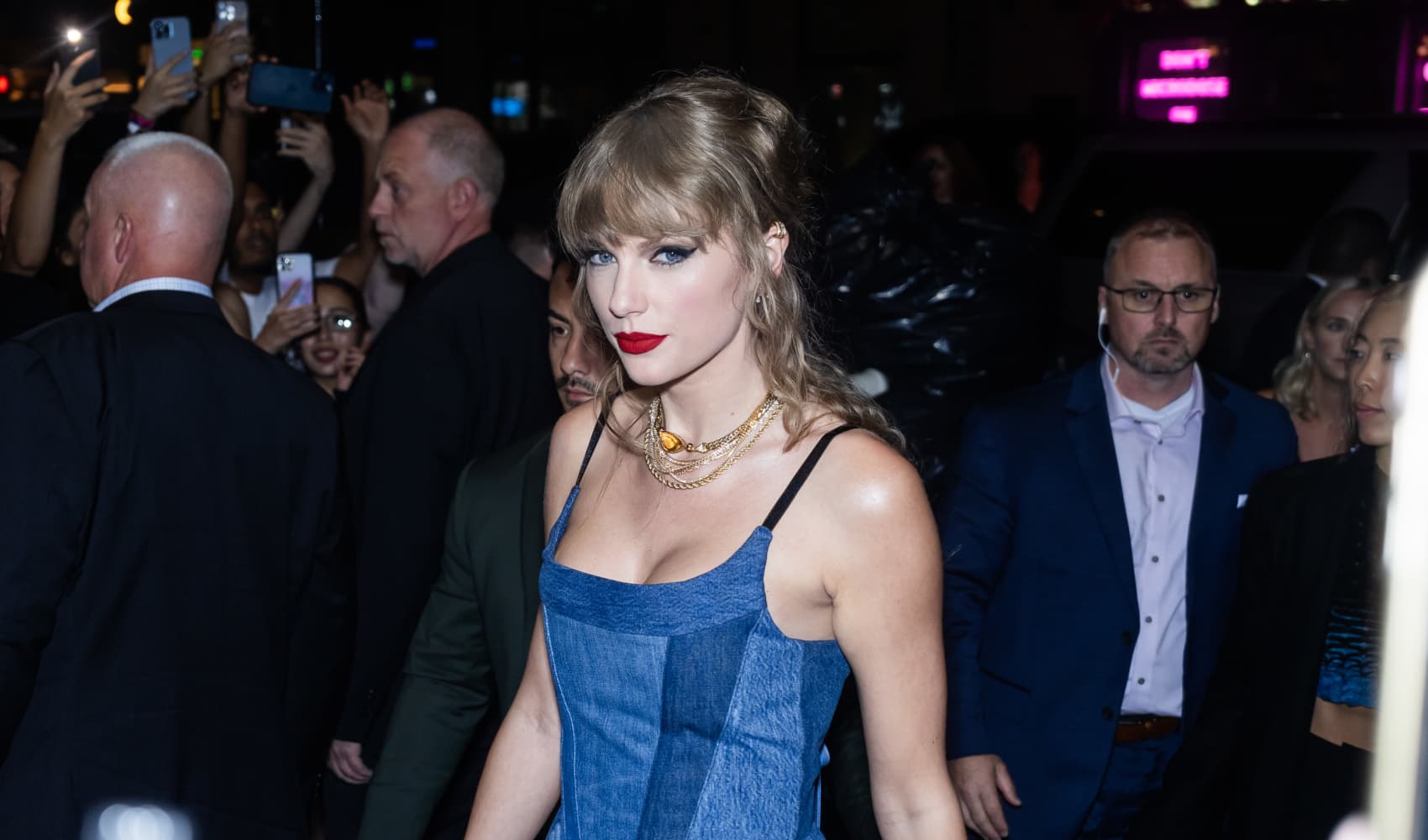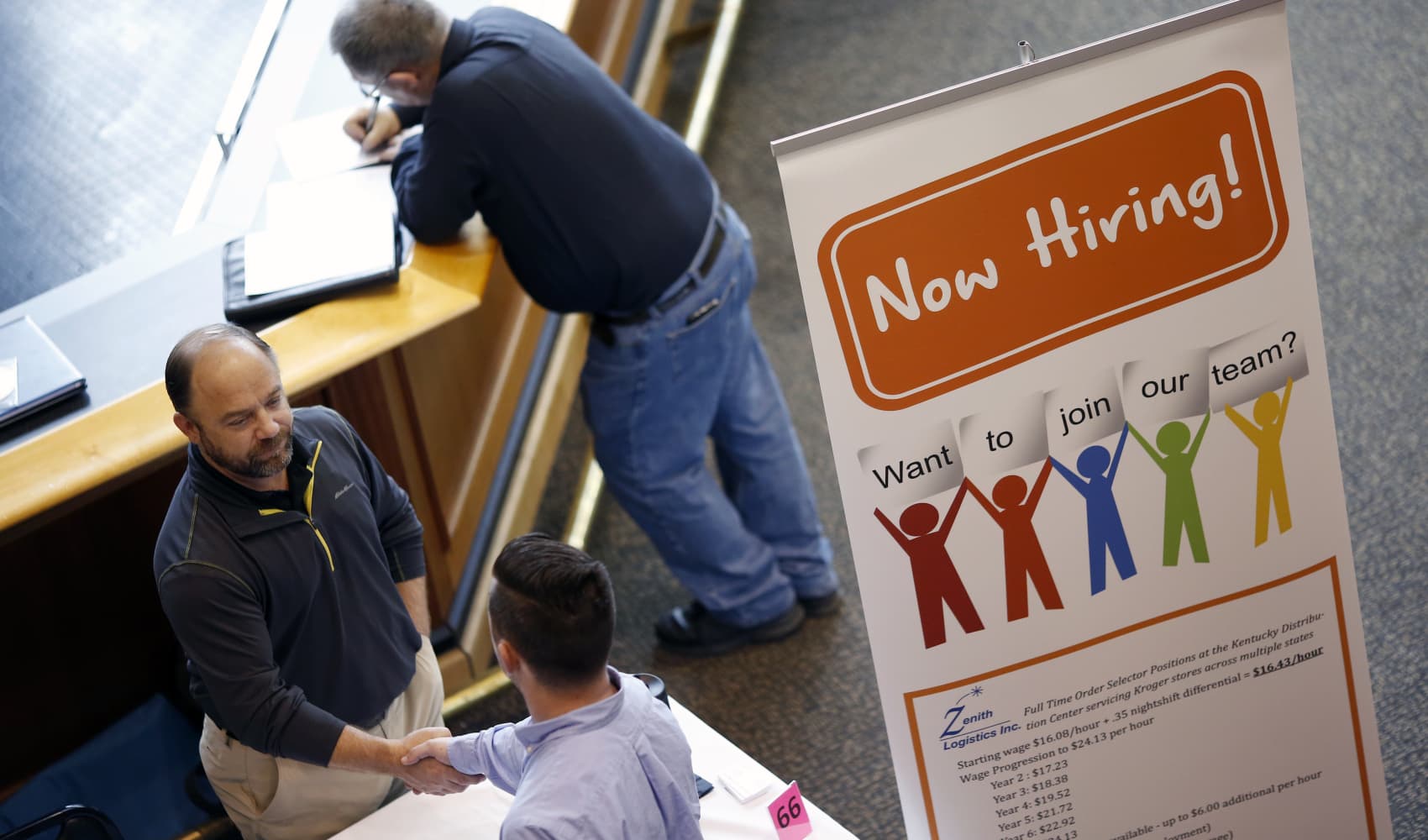
- The U.S. Federal Reserve has raised interest rates to tame high inflation.
- A soft landing would mean it succeeded in reducing inflation while avoiding a recession.
- U.S. Department of Labor data on job openings, quits, hires and layoffs suggest a soft landing may be near.
The U.S. economy inched closer to a so-called "soft landing" after a new batch of labor data, economists said.
A soft landing is a good thing. It would mean the Federal Reserve has accomplished the difficult task of taming inflation without triggering a recession.
Job openings, a barometer of employer demand for workers, fell by 617,000 to 8.7 million in October, the lowest since March 2021, the U.S. Department of Labor reported Tuesday in its monthly Job Openings and Labor Turnover Survey.
"Another key ingredient of a sustainably soft landing is falling into place," Jason Furman, a professor at Harvard University and former chair of the White House Council of Economic Advisers during the Obama administration, wrote about job openings.
Why a soft landing is like 'Goldilocks' porridge'

On its face, a weakening labor market may sound like bad news — but that trend is by design.
Money Report
The Fed started raising borrowing costs aggressively in early 2022 to tame stubbornly high inflation. By raising interest rates to their highest level since 2001, the central bank has aimed to cool the economy and the labor market.
Get a weekly recap of the latest San Francisco Bay Area housing news. Sign up for NBC Bay Area’s Housing Deconstructed newsletter.
The Fed has been walking a tightrope: bringing down inflation from four-decade highs without causing an economic downturn. The opposite — a hard landing — would mean a recession.
A soft landing is like "'Goldilocks' porridge' for central bankers," Brookings Institution economists wrote recently. In this scenario, the economy is "just right — neither too hot (inflationary) nor too cold (in a recession)," they said.
"It's absolutely the best possible outcome," said Julia Pollak, chief economist at ZipRecruiter. "And I think the chances [for it] get higher and higher all the time. We are very, very close."
There is no official definition for a soft landing. According to conventional wisdom, it has only been achieved once — in 1994-95 — in the history of 11 Fed monetary-policy-tightening cycles dating to 1965, the American Economic Association wrote.
How the labor market fits in
The labor market plays a key role relative to inflation.
It heated up to an unprecedented degree as the U.S. economy reopened in 2021. Employers clamored for workers, leading to record-high job openings, which allowed workers to quit for new jobs with ease — and, often, much higher pay. Wage growth hit highs unseen in decades.
More from Personal Finance:
What to know before doing a 401(k) rollover
Americans are 'doom spending.' Why that's a problem
Here's where to invest your cash to save on taxes in 2024
The fear was a so-called "wage-price spiral," a vicious cycle whereby businesses continue to raise prices rapidly to compensate for higher worker wages. Consumers, in turn, demand bigger raises to compensate for higher prices at the store, and so on. That dynamic hasn't materialized, economists say.
Why the job market is already 'back into balance'
The latest labor data added to encouraging news about a likely soft landing, economists said.
A big pullback in job openings didn't coincide with weakness elsewhere. Quits and hires held steady around their respective pre-pandemic levels. Layoffs remain low and are about 17% below their pre-pandemic baseline, suggesting employers want to hold on to workers, Pollak said.
Despite the large monthly decline, job openings are still 25% above their February 2020 level, she added.
The ratio of job openings to unemployed workers fell to 1.3 in October, down from a pandemic-era high of 2.0 and near the pre-pandemic level of 1.2.
"This [JOLTS] report should bring abundant holiday cheer as the probability of a soft landing continues to rise," Nick Bunker, director of economic research at the Indeed Hiring Lab, wrote Tuesday.
"The current state of the labor market suggests no further recalibration is necessary to bring [it] back into balance," he added. "It's already there."
In short: The labor market has cooled while layoffs haven't spiked and workers still enjoy relatively good job security and prospects, economists said.
"It's still a favorable labor market," Pollak said.
However, workers have lost leverage relative to 2021 and 2022. Big pay increases aren't as prevalent, nor are signing bonuses. While there remain ample job opportunities, they are harder to get, Pollak said. Outside of industries such as health care, in which there's an acute labor shortage, the opportunities "aren't quite as attractive," she added.
Don't miss these stories from CNBC PRO:
- Saudi Arabia is struggling to boost oil prices, raising possibility of supply war with U.S.
- Here's where to invest $250,000 for the next 5 years
- Citi is so bullish on this biotech stock it gives it 800% potential upside
- 'It's beginning to look a lot like VIX-mas.' What Wall Street's fear gauge is saying right now






